The National Autonomous University of Mexico (Spanish: Universidad Nacional Autónoma de México, UNAM) is a public research university in Mexico. A portion of Ciudad Universitaria (University City: UNAM's main campus in Mexico City) is a UNESCO World Heritage site that was designed and decorated by some of Mexico's best-known architects and painters. The campus hosted the main events of the 1968 Summer Olympics, and was the birthplace of the student movement of 1968. All Mexican Nobel laureates are either alumni or faculty of UNAM. Given UNAM's reputation for providing globally recognized, high-quality education, the university maintains selective admissions, often with acceptance rates below 10%.Its research and education are also globally recognized for their excellence and impact.
UNAM was founded in its modern form, on 22 September 1910 by Justo S...Read more
The National Autonomous University of Mexico (Spanish: Universidad Nacional Autónoma de México, UNAM) is a public research university in Mexico. A portion of Ciudad Universitaria (University City: UNAM's main campus in Mexico City) is a UNESCO World Heritage site that was designed and decorated by some of Mexico's best-known architects and painters. The campus hosted the main events of the 1968 Summer Olympics, and was the birthplace of the student movement of 1968. All Mexican Nobel laureates are either alumni or faculty of UNAM. Given UNAM's reputation for providing globally recognized, high-quality education, the university maintains selective admissions, often with acceptance rates below 10%.Its research and education are also globally recognized for their excellence and impact.
UNAM was founded in its modern form, on 22 September 1910 by Justo Sierra as a secular alternative to its predecessor, the Royal and Pontifical University of Mexico (the first Western-style university in North America, founded in 1551).
Its founding goes back to 1551, when Charles I, king of Spain (Charles V, emperor of the Holy Roman Empire) decreed the founding of the University of Mexico.[1] The university was renamed on 22 September 1910 by Justo Sierra,[2][3][4][5] then minister of education in the Porfirio Díaz regime, who sought to create a very different institution from its 19th-century precursor, the Royal and Pontifical University of Mexico, which had been founded on 21 September 1551 by a royal decree signed by Crown Prince Phillip II on behalf of Charles I of Spain[6] and brought to a definitive closure in 1865 by Maximilian I of Mexico.[7][8] Instead of reviving what he saw as an anachronistic institution with strong ties to the Roman Catholic Church,[9] he aimed to merge and expand Mexico City's decentralized colleges of higher education (including former faculties of the old university) and create a new university, secular in nature and national in scope, that could reorganize higher education within the country, serve as a model of positivism and encompass the ideas of the dominant Mexican liberalism.[3]
 Interior of the Royal and Pontifical University of Mexico, lithograph by Pietro Gualdi, 1840
Interior of the Royal and Pontifical University of Mexico, lithograph by Pietro Gualdi, 1840The project initially unified the Fine Arts, Business, Political Science, Jurisprudence, Engineering, Medicine, Normal, and the National Preparatory schools;[10] its first rector was Joaquin Eguía y Lis.[11]
 Justo Sierra, founder of the National University of Mexico in its current incarnation.
Justo Sierra, founder of the National University of Mexico in its current incarnation.The new university's challenges were mostly political, due to the ongoing Mexican Revolution and the fact that the federal government had direct control over the university's policies and curriculum; some resisted its establishment on philosophical grounds. This opposition led to disruptions in the function of the university when political instability forced resignations in the government, including that of President Díaz. Internally, the first student strike occurred in 1912 to protest examination methods introduced by the director of the School of Jurisprudence, Luis Cabrera Lobato. By July of that year, a majority of the law students decided to abandon the university and join the newly created Free School of Law.[11]
In 1914 initial efforts to gain autonomy for the university failed.[11] In 1920, José Vasconcelos became rector. In 1921, he created the school's coat-of-arms: the image of an eagle and a condor surrounding a map of Latin America, from Mexico's northern border to Tierra del Fuego, and the motto, "The Spirit shall speak for my people". Efforts to gain autonomy for the university continued in the early 1920s. In the mid-1920s, the second wave of student strikes opposed a new grading system. The strikes included major classroom walkouts in the law school and confrontation with police at the medical school. The striking students were supported by many professors and subsequent negotiations eventually led to autonomy for the university. The institution was no longer a dependency of the Secretariat of Public Education; the university rector became the final authority, eliminating much of the confusing overlap in authority.[12]
During the early 1930s, the rector of UNAM was Manuel Gómez Morín. The government attempted to implement socialist education at Mexican universities, which Gómez Morín, many professors, and Catholics opposed as an infringement on academic freedom. Gómez Morín with the support of the Jesuit-founded student group, the Unión Nacional de Estudiantes Católicos, successfully fought against socialist education. UNAM supported the recognition of the academic certificates by Catholic preparatory schools, which validated their educational function. UNAM played an important role in the founding of the Jesuit institution, the Universidad Iberoamericana, in 1943.[13] However, UNAM opposed initiatives at the Universidad Iberoamericana in later years, opposing the establishment of majors in industrial relations and communications.[14]
In 1943 initial decisions were made to move the university from the various buildings it occupied in the city center to a new and consolidated university campus; the new Ciudad Universitaria (lit. University City) would be in San Ángel, to the south of the city.[15] The first stone laid was that of the faculty of Sciences, the first building of Ciudad Universitaria. President Miguel Alemán Valdés participated in the ceremony on 20 November 1952. The University Olympic Stadium was inaugurated on the same day. In 1957 the Doctorate Council was created to regulate and organize graduate studies.[16]
Another major student strike, again over examination regulations, occurred in 1966. Students invaded the rectorate and forced the rector to resign. The Board of Regents did not accept this resignation, so the professors went on strike, paralyzing the university and forcing the Board's acceptance. In the summer, violent outbreaks occurred on a number of the campuses of the university's affiliated preparatory schools; police took over several high school campuses, with injuries.
Students at UNAM, along with other Mexico City universities, mobilized in what has come to be called Mexico 68, protests against the 1968 Mexico City Olympics, but also a whole array of political and social tensions. During August 1968, protests formed on the main campus against the police actions on the main campus and in the center of the city. The protests grew into a student movement that demanded the resignation of the police chief, among other things. More protests followed in September, gaining frequency and numbers. During a meeting of the student leaders, the army fired on the Chihuahua building in Tlatelolco, where the student organization supposedly was. In the Tlatelolco massacre, the police action resulted in many dead, wounded, and detained. Protests continued on after that. Only ten days later, the 1968 Olympic Games opened at the University Stadium. The university was shut down for the duration.[17]
The 1970s and 1980s saw the opening of satellite campuses in other parts of Mexico and nearby areas, to decentralize the system. There were some minor student strikes, mostly concerning grading and tuition.[18][19]
The last major student strike at the university occurred in 1999–2000 when students shut down the campus for almost a year to protest a proposal to charge students the equivalent of US$150 per semester for those who could afford it. Referendums were held by both the university and the strikers, but neither side accepted the others' results. Acting on a judge's order, the police stormed the buildings held by strikers on 7 February 2000, putting an end to the strike.[20][21][22]
In 2009 the university was awarded the Prince of Asturias Award for Communication and Humanities[23] and began the celebration of its centennial anniversary with several activities that will last until 2011.[24]
The UNAM has actively included minorities into different educational fields, as in technology.[25][26][27][28] In 2016, the university adopted United Nations platforms throughout all of its campuses to support and empower women.[29][30][31]










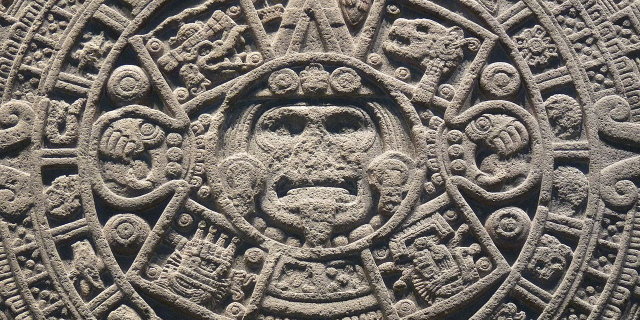

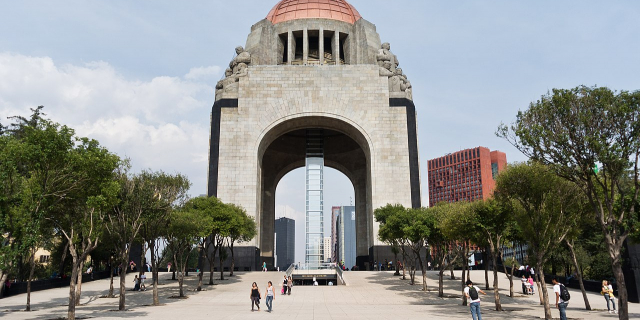



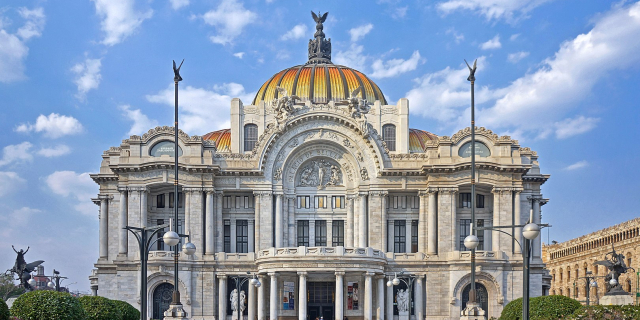

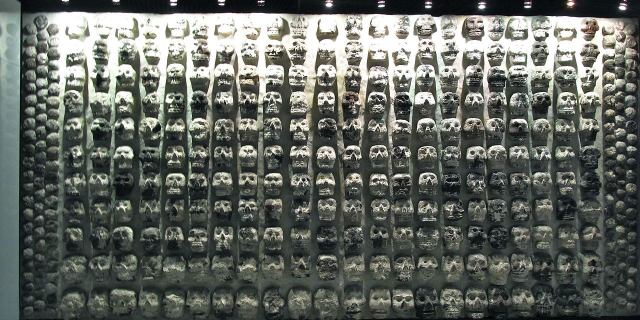




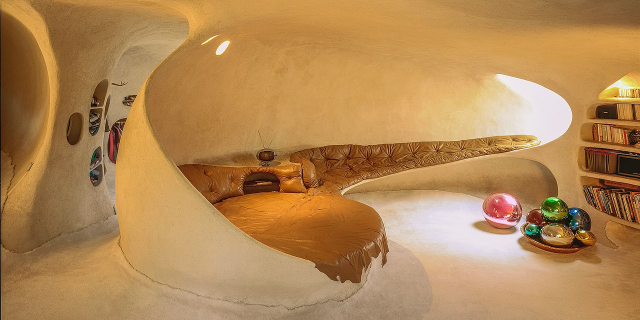

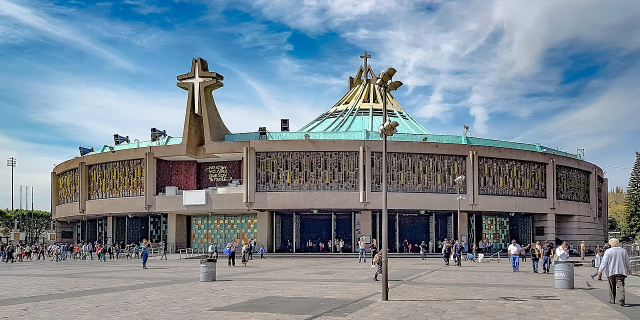

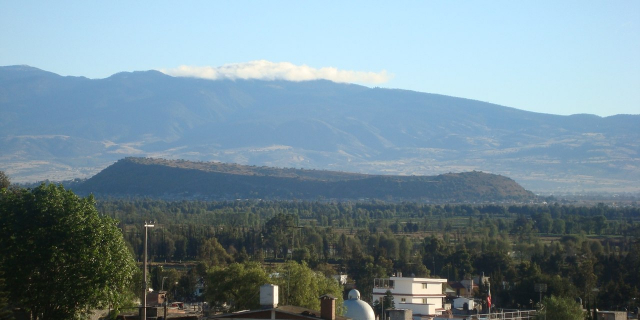


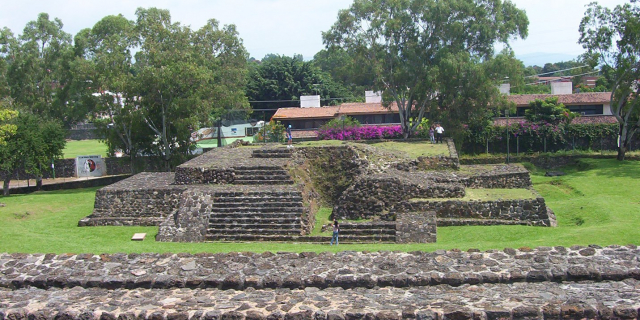
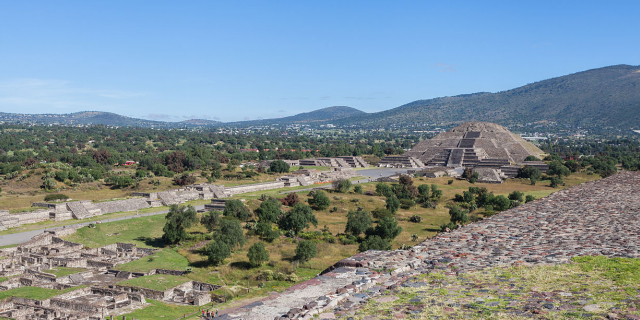
Add new comment